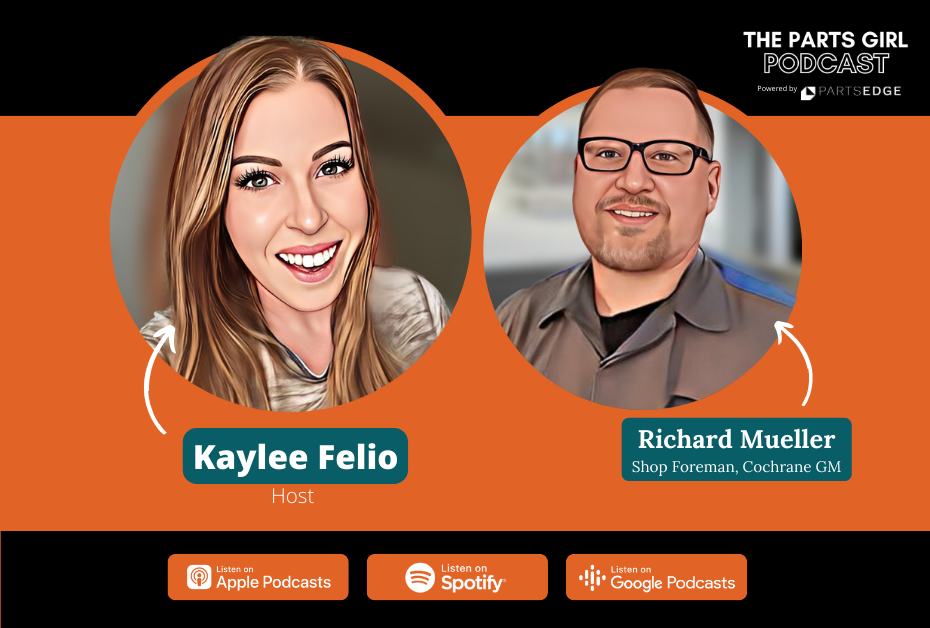As a parts manager, staying up-to-date with changing manufacturer guidelines is crucial for maintaining a competitive edge in the automotive industry. In today’s fast-paced environment, where technological advancements and industry regulations evolve rapidly, adapting to these changes becomes imperative. In this blog post, we’ll explore effective strategies for parts managers to navigate the ever-changing landscape of manufacturer guidelines, empowering them to optimize operations and enhance customer satisfaction.
Manufacturer guidelines serve as blueprints for maintaining quality standards, ensuring compatibility, parts orders, and maximizing customer satisfaction. They encompass various aspects, including product specifications, installation procedures, part stocking programs, warranty terms, and compliance regulations. By comprehending and adhering to these guidelines, parts managers can ensure a seamless supply chain process while mitigating risks and preserving brand reputation.
Stay informed
To navigate changing manufacturer guidelines effectively, it’s essential to stay well-informed about the latest updates. Regularly visit the manufacturer’s website, subscribe to industry newsletters, and participate in relevant forums or online communities. These resources will keep you informed about the latest trends, new product releases, and revisions to existing guidelines. Build a strong network of industry professionals to share insights and best practices.
Develop a proactive approach
Proactivity is key when it comes to adapting to changing guidelines. Establish open lines of communication with manufacturers by attending workshops, conferences, and webinars. Engaging in these events allows you to gain valuable insights directly from experts and clarify any uncertainties regarding new guidelines. By proactively seeking information, you can anticipate changes and plan ahead, avoiding last-minute disruptions.
Train and educate your team
Ensure that your team is well-versed in the latest manufacturer guidelines. Conduct regular training sessions to familiarize them with new products, updated procedures, and any compliance requirements. Encourage continuous learning and provide access to online training resources. By investing in your team’s knowledge and skills, you create a culture of adaptability and competence, leading to improved customer service and increased operational efficiency.
Monitor & optimize inventory auto-replenishment programs
When it comes to managing your manufacturer’s auto-replenishment system, it’s important to remember that one size does not fit all. Relying on data instead of accepting all stocking recommendations and working off your gut can help avoid unnecessary overstocking. For instance in some programs, if a part gets a single hit, it’s triggered to stock despite there being no evidence of continued demand. Sure, you can usually return these parts, but you’re still paying to store them, for return costs, and losing out on shelf space for parts that are actually selling. The more sources you create, the better you can control and prevent overstocking by your ASR by gaining the ability to test actual demand through custom phase-in processes.
Track lost sales
Another area that can throw off your actual inventory demand is lost sales. Theoretically, when you need a part that isn’t in the inventory, it should be logged as a Lost Sale in the DMS. We’ve seen lost sales often get missed because the part can often be sourced the same day, but when not marked, the inventory loses out on crucial data to predict demand going forward. For example, typical phase-in criteria can be 3 in 9. Three hits in one month in a nine-month period triggers phase-in, but if your lost sales aren’t being recorded, your inventory health can suffer.
Embrace technological solutions
Leverage technology to streamline operations and enhance compliance with changing guidelines. Explore software solutions tailored to the automotive industry, such as inventory management systems, customer relationship management (CRM) tools, and enterprise resource planning (ERP) software. These solutions can automate processes, improve data accuracy, and provide real-time insights, enabling parts managers to make informed decisions.
Adapting to changing manufacturer guidelines is an ongoing challenge for parts managers. By embracing a proactive approach, staying informed, training your team, maintaining effective documentation, and leveraging technology solutions, you can navigate this ever-evolving landscape successfully. Remember, the key lies in continuous learning, collaboration, and embracing innovative strategies that align with the manufacturer’s vision. By doing so, you’ll optimize operations, foster customer satisfaction, and position yourself as a trusted partner in the automotive industry.
At PartsEdge, our expert team is dedicated to helping Parts and Service Managers improve their inventory health through custom setups, phase-in settings, and more. We save managers hundreds of hours each year by streamlining DMS management, sourcing setup, and inventory optimization. Our results speak for themselves with our clients seeing an average 20% reduction in total inventory, 15%+ less idle inventory, a 50% increase in ROI, and a 20% increase in parts sales. If you’re interested in utilizing our parts power tool, contact us today!




